

Adrienne Magnier’s startup story is one of a serendipitous business opportunity followed up by five years of hard work. Her company, Zarasyl, has created a “miracle cream” for horses and companion animals. Read on to discover how Adrienne charted her path to international success.
Adrienne previously worked in software development, bringing software products to the health and human services market. This meant she already had a deep understanding of what it takes to develop and deliver a product to market and work with customers on a global scale. Adrienne’s husband is involved in the thoroughbred horse business in County Meath, so the couple were around horses every day.
Around five years ago, they were introduced to the technology behind Zarasyl. The formulation was the result of a decade of research at Cambridge University (UK) and was initially developed for human use. Adrienne and her husband knew that a few people had been using the cream on animals, and decided this was a business opportunity worth further exploration.
Starting small with some initial batches of samples, they started to use Zarasyl on the farm and trialled it with a group of local vets and horse owners. The feedback was really positive! From initial research, Adrienne decided to bring this technology market. She focused on the regulatory and compliance requirements involved in bringing the first product, an equine barrier cream. Zarasyl Equine was launched to the market in August 2019 – initially in Ireland and then expanding into the UK.
“From the outset when you look at what you have to do to bring something to market in a space like this, it’s overwhelming. And as a business owner, you wear so many hats on any given day – regulatory, operations, sales, marketing, financial… You must focus on them all to be a success. That’s why New Frontiers was a great programme to be on. It looks at all those skills and how they come together.”
But what is Zarasyl exactly? It’s based on novel silicate technology. Silicon is the third most common trace element in mammals and is essential for healthy connective tissue growth. Zarasyl provides the ultimate healing environment – a barrier that is breathable and highly moisturising. The cream is also steroid-free and antibiotic-free, making it very safe for animals and owners.
 Because Zarasyl is a new product, buyers may not know what it does, how it works, or why it’s so effective. This means that Adrienne’s first step in selling the product would typically mean a visit to the veterinary surgery, farm, or horse yard to have a face-to-face discussion with the buyer. These trips became impossible during Covid-19, so Adrienne turned her attention to the USA, reaching out to buyers individually and asking if they would like to trial the product.
Because Zarasyl is a new product, buyers may not know what it does, how it works, or why it’s so effective. This means that Adrienne’s first step in selling the product would typically mean a visit to the veterinary surgery, farm, or horse yard to have a face-to-face discussion with the buyer. These trips became impossible during Covid-19, so Adrienne turned her attention to the USA, reaching out to buyers individually and asking if they would like to trial the product.
This is how Adrienne painstakingly grew her base in the USA. Once restrictions had been lifted, she was able to start attending US conferences and trade shows. In time, word of mouth gained momentum and people started getting in touch with the company directly. Today, a host of leading equestrians and veterinary surgeons – both here and in America – use and endorse the product.
“A team of veterinary surgeons at Cornell University who came across Zarasyl were so enthusiastic about the product that they instigated a study. A paper has just been approved for publication in the Journal of American Veterinary Medicine and will be published quite soon.”
The company’s second product is for companion animals and launched in January this year. Adrienne has managed to really leverage organic growth and word of mouth in growing her business, with a continued focus on educating vets about the products. Zarasyl is listed by three of the four largest veterinary distributors in the US, which is a fantastic result in such a short time.
One of the most important things about Zarasyl is the absence of antibiotics and steroids. The World Health Organisation (WHO) is working hard to tackle the use of antibiotics because antibiotic resistance is one of the biggest threats to global health, food security, and development today. In addition, any animal that competes is subject to very tight anti-doping and controlled medication restrictions, limiting what can be used to treat them.
Skin problems such as dermatitis are one of the most common reasons for dogs to be taken to the vet, and lots of other domesticated animals suffer from skin issues. Zarasyl is a novel product that’s very safe for pets, as well as their owners, when their skin is compromised.
But even novel products need a solid business behind them to succeed. Having decided to leave her job and focus on the startup full-time, Adrienne applied to New Frontiers. She joined the programme at Technological University of the Shannon (TUS) – Athlone Campus, arriving just before the end of Phase 1. She found the programme, and the financial stipend, very helpful during that period.
“New Frontiers provides a good team environment while you’re working on becoming a rounded business owner. The other participants come from different backgrounds and are building different businesses, but you feel you’re all in it together! There is great structure to the programme and the access to experts is very valuable. You really feel like you’re with people who have your back and want you to succeed. The support is what I would call realistic but positive.”
Adrienne’s team up to now has mainly been composed of consultants and advisors, but now that Zarasyl is an Enterprise Ireland High Potential Startup (HPSU), she is working on her first hires. She has licenced the global rights to the Zarasyl technology, so her ultimate goal is to be in every vet’s dermatology toolbox around the world. She is focused on continued growth in the US market and other markets are opening up on a weekly basis. She is also focused on the product roadmap based on the underlying novel technology.
Adrienne’s approach to product validation and marketing has really paid off. Her advice to other startup entrepreneurs embarking on this stage of the business is to be mindful of rushing ahead too quickly.
“Don’t try to be all things to all people. You may have various potential markets, but you won’t have the budget to go after all of them at once. Rather than diluting your reach, stay laser-focused on your route to market. We launched our second product recently and for now we are concentrating primarily on veterinary surgeries as our route to market, which includes educating vets about Zarasyl and why/when it’s the right choice. You can’t take on everywhere at once.”
To learn more about Zarasyl, visit https://zarasyl.ie/
About the author
 Scarlet Bierman
Scarlet Bierman
Scarlet Bierman is a content consultant, commissioned by Enterprise Ireland to fulfil the role of Editor of the New Frontiers website. She is an expert in designing and executing ethical marketing strategies and passionate about helping businesses to develop a quality online presence.
Recent articles

Founder Perspectives: Lessons From Building Businesses In Sustainability

Tech Startups In The Age Of AI: Alumnus Paul Savage On Speed, Quality & Risk
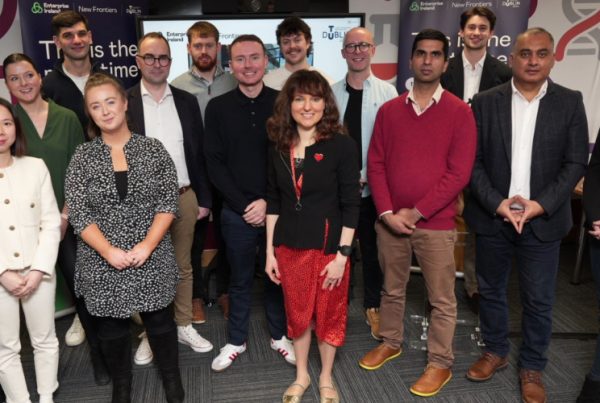
Fourteen Startup Founders Graduate From Phase 2 Of New Frontiers In Tallaght
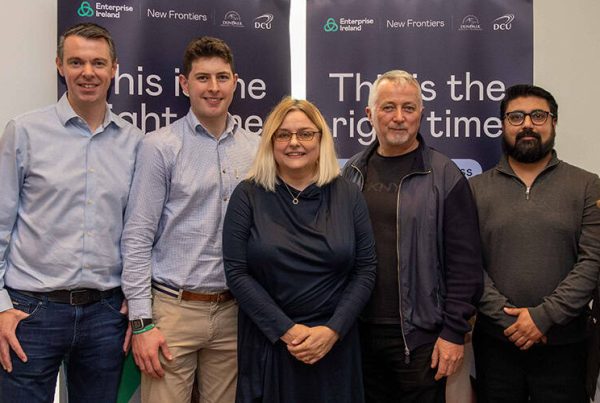
Eleven Founders Graduate From New Frontiers In The Border Mid-East Region

Laying The Right Groundwork Helps Startups Prepare For Export Success
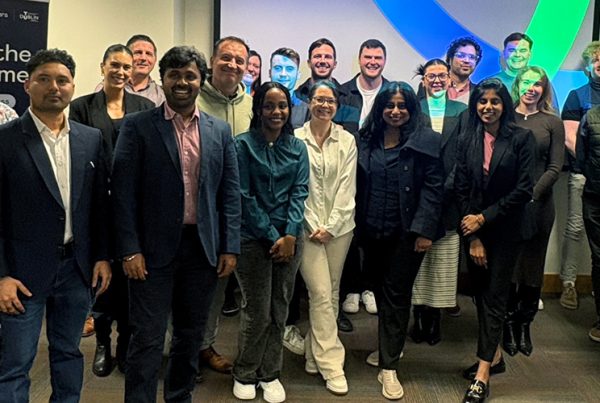
Startup In Dublin: Learn More About New Frontiers On TU Dublin’s Grangegorman Campus
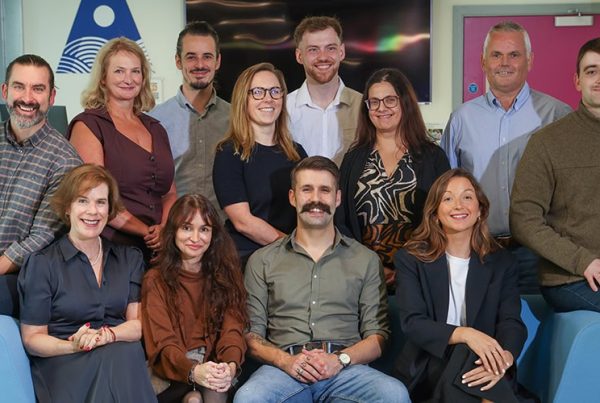
Michael Furey On The Success Of Ronspot: “The Most Important Thing Is Research”

 Scarlet Bierman
Scarlet Bierman
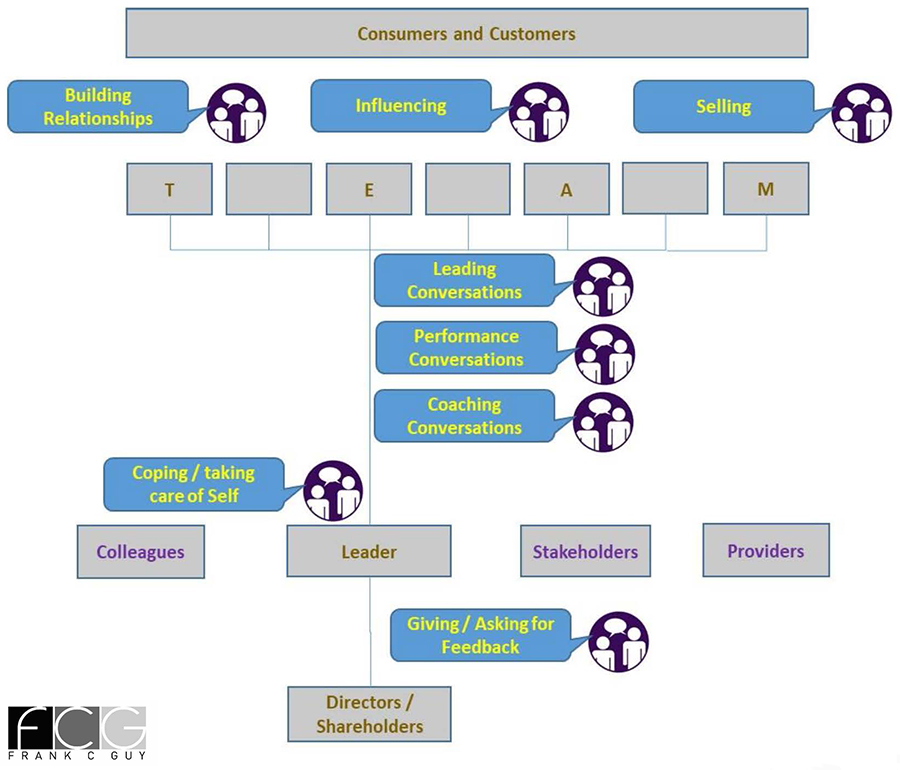





 Stand preparation
Stand preparation

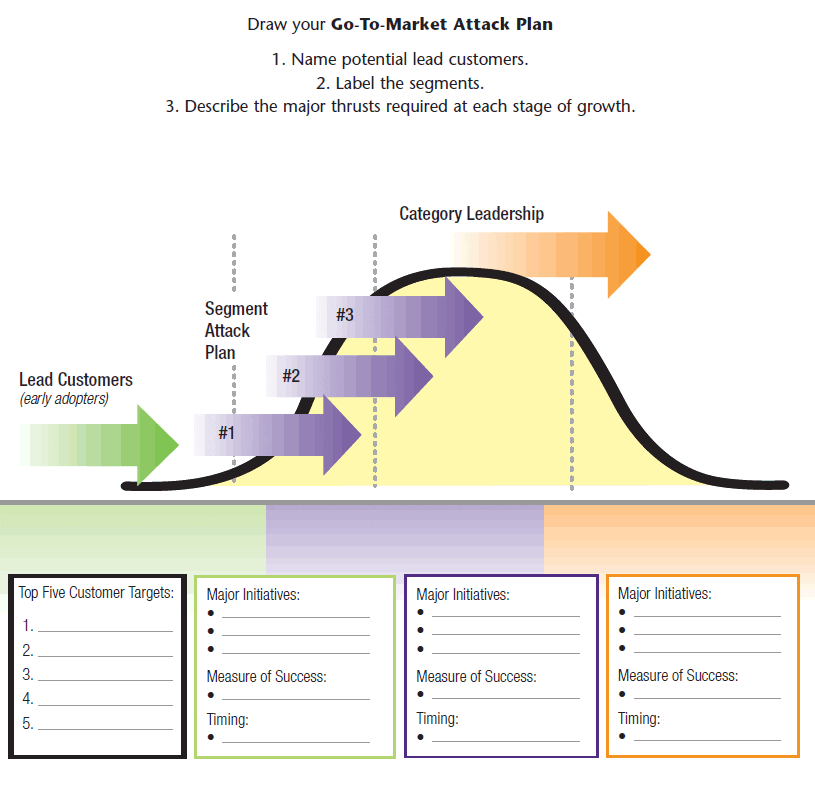 So what? Who cares? Why you?
So what? Who cares? Why you? Garrett Duffy
Garrett Duffy


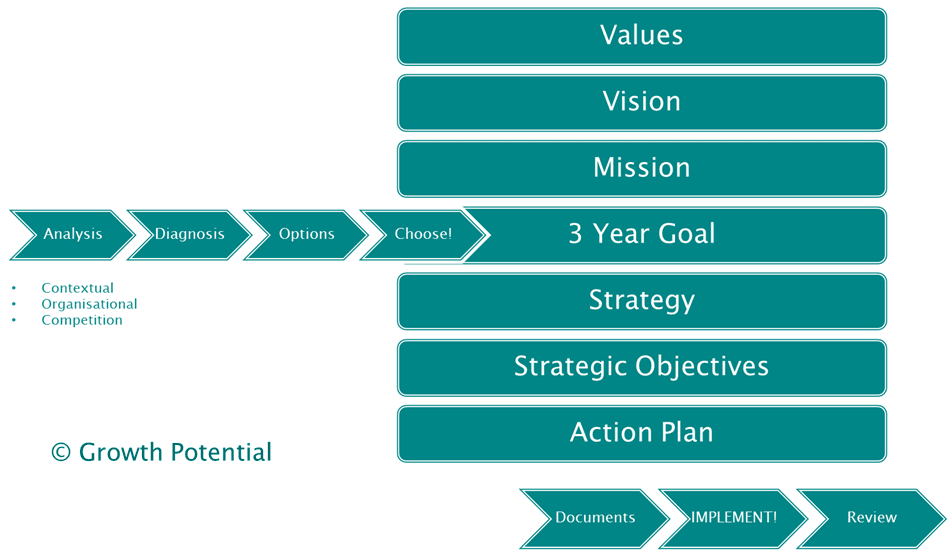




 Siobhan Berry
Siobhan Berry
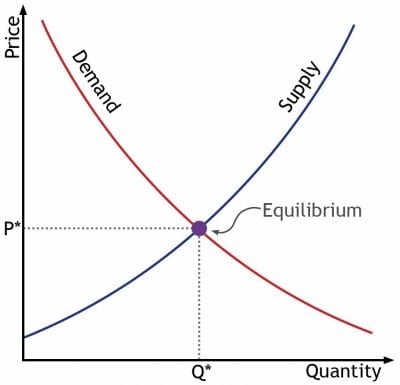
 Patrick O Flaherty
Patrick O Flaherty
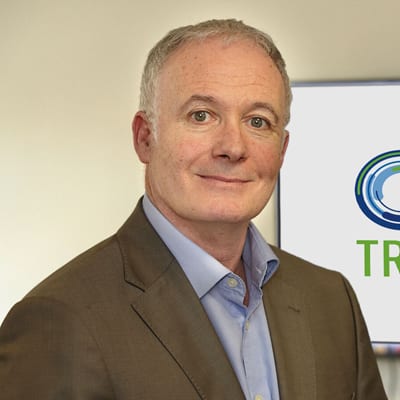 Barry Moylan
Barry Moylan
 Alan Costello
Alan Costello
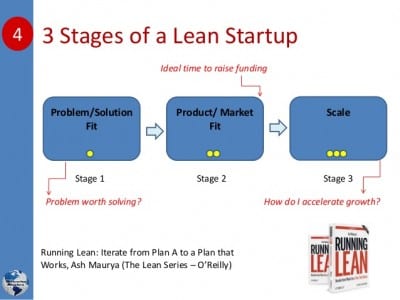 Ash Maurya’s Three Stages of a Startup
Ash Maurya’s Three Stages of a Startup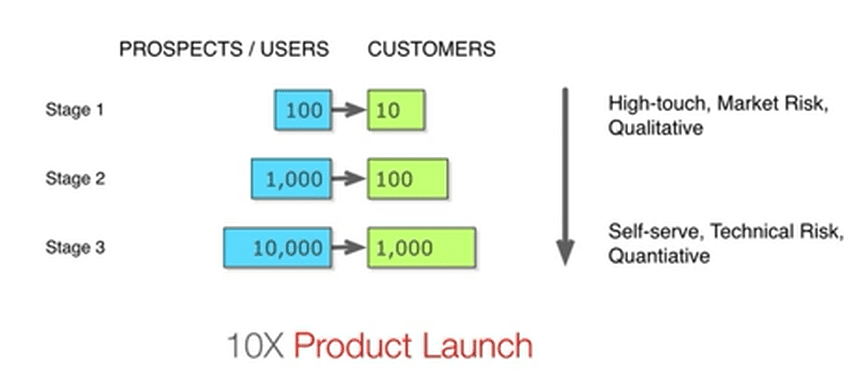
 Ash Maurya’s 10x Product Launch
Ash Maurya’s 10x Product Launch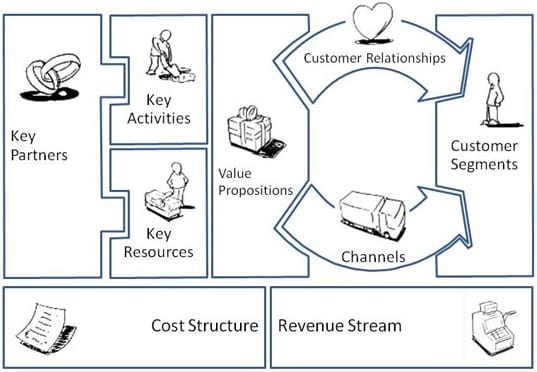
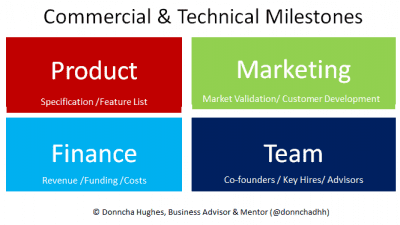 A balanced set of goals is also required. I suggest that the balance of any startup business can be evaluated in terms of balance across four areas: Product, Marketing, Finance and Team – which I refer to as the Startup Milestone Mix.
A balanced set of goals is also required. I suggest that the balance of any startup business can be evaluated in terms of balance across four areas: Product, Marketing, Finance and Team – which I refer to as the Startup Milestone Mix. Donncha Hughes
Donncha Hughes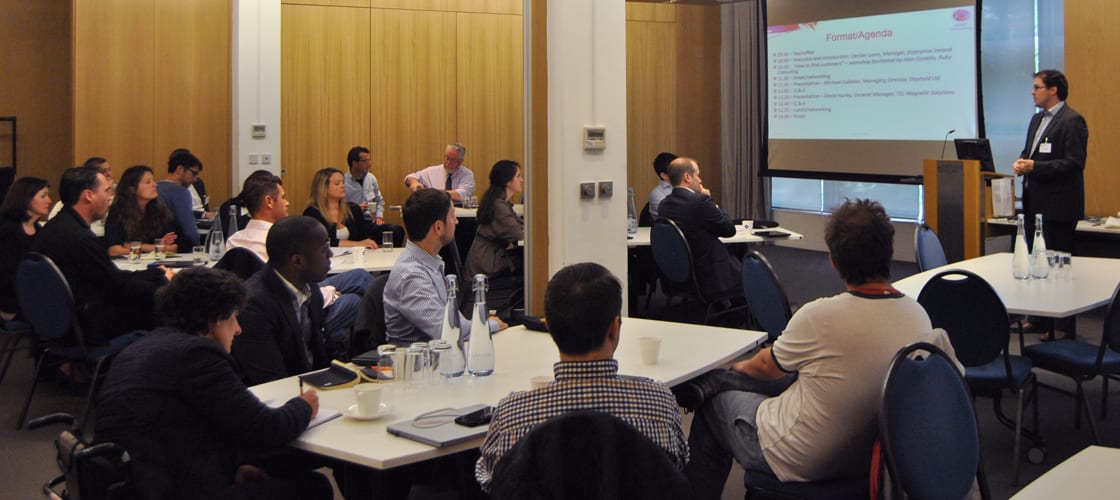
 Finding and retaining customers was the subject of Thursday’s workshop, which was facilitated by Alan Costello of
Finding and retaining customers was the subject of Thursday’s workshop, which was facilitated by Alan Costello of 


 Michael White
Michael White
 Dearbhla O’Dwyer
Dearbhla O’Dwyer
